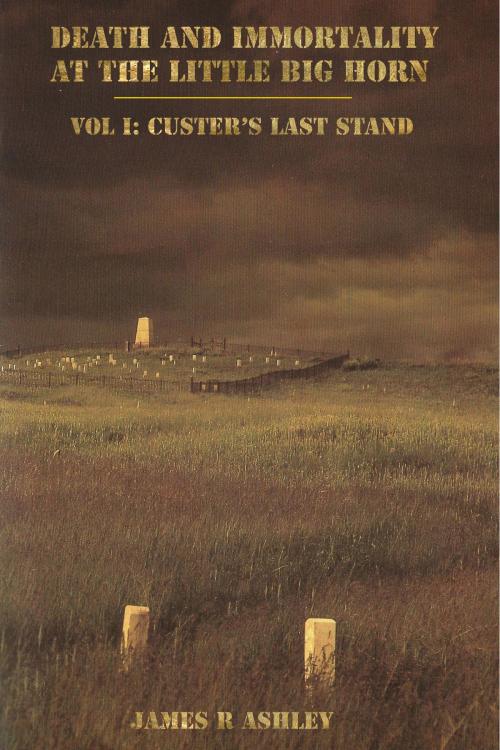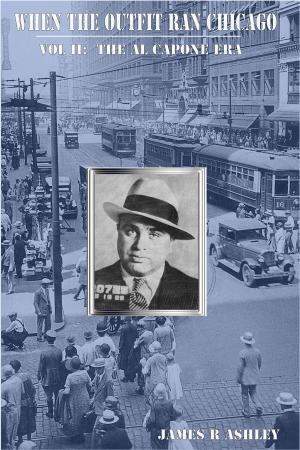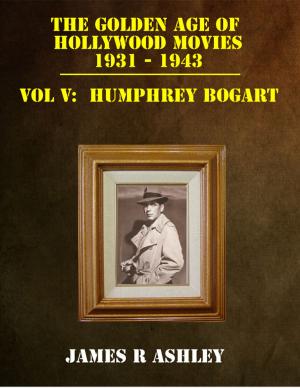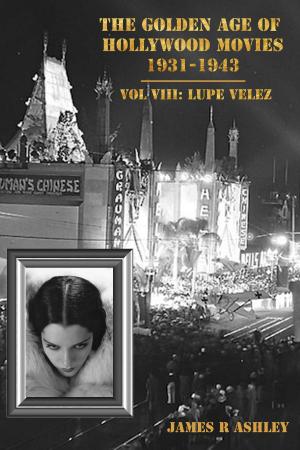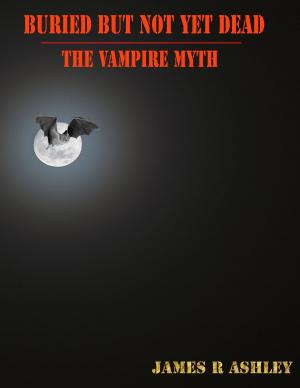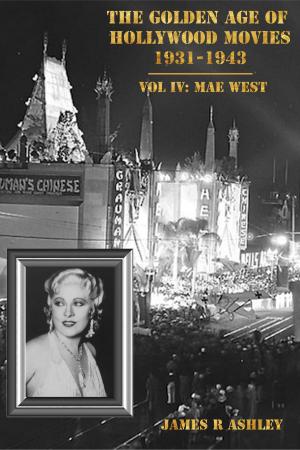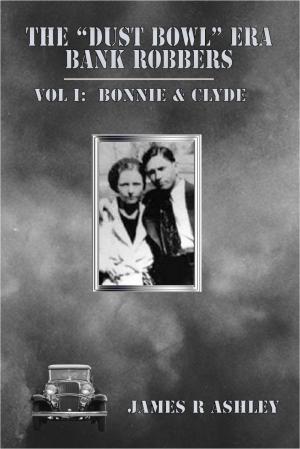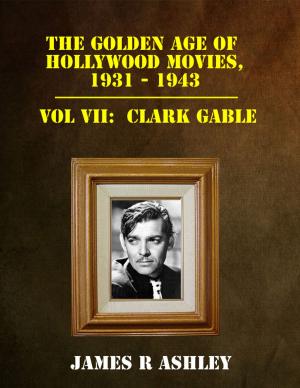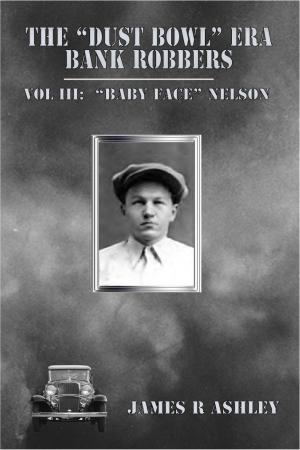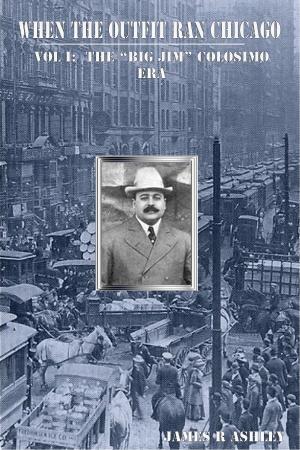Death and Immortality at the Little BigHorn: Vol I, Custer's Last Stand
Biography & Memoir, Historical| Author: | James R Ashley | ISBN: | 9781301016433 |
| Publisher: | James R Ashley | Publication: | August 26, 2013 |
| Imprint: | Smashwords Edition | Language: | English |
| Author: | James R Ashley |
| ISBN: | 9781301016433 |
| Publisher: | James R Ashley |
| Publication: | August 26, 2013 |
| Imprint: | Smashwords Edition |
| Language: | English |
The three last-stand battles of history most well known by the general public are the Spartans at Thermopylae, during the Persian wars; the British at Isandlawana, during the Zulu wars; and Custer’s Last Stand at the Little BigHorn, during the plains Indian wars. Even if most people know next to little about the battle at the Little BigHorn, they know that Custer was sent out by the U.S. government to subdue the Indians and when they gathered in overwhelming numbers to fight back, he and the troops under his direct command were wiped out. It is a riveting story of how a doomed command met its end on a hot sunny day in Montana on June 25, 1876.
Had Custer’s Last Stand not occurred, it is likely that Custer and the other participants at the Little BigHorn would have passed into history as little more than a footnote. However, by the very nature of fighting and dying in a battle against overwhelming numbers against what at the time were considered merciless and cruel savages, Custer was elevated to some mythical Wagnerian hero who rode to Valhalla on that fateful day. Today, however, no myth survives without being first torn down and rebuilt and so it has been with Custer’s Last Stand. We now see the battle for what it was; a series of misjudgments, bad luck, and fatal moves which made the end a foregone conclusion. And when that inevitable end came, it was fought by frightened men shaking with fear at the awful death that awaited them, rather than being animated by the glory and immortality that was to be their legacy. What follows is the story of Lt. Col. George Armstrong Custer and the command who died to a man fighting with him.
It will first be useful to see examine the participants in this great battle, who they were before the battle of the Little BigHorn and what happened to them after it. The strengths and weaknesses of the fighting men of both sides will then be examined, as well as how well they were led and how effective their weapons were for the battle they fought. A short history of events leading up to the battle will be given, followed by a very quick overview of events occurring on other areas of the battlefield under Reno and Benteen. These will be very cursory overviews designed to acclimate to readers relatively unfamiliar with events of the era, the campaign, and subsequent battle, which are necessary to put Custer’s Last Stand in proper historical perspective. The rest of the book will then be devoted exclusively to those troopers of Yeats’ and Keogh’s battalions that rode directly under Custer’s command and died to a man with him.
Except possibly only for the battle of Gettysburg during the Civil War, Custer’s last stand at the Little BigHorn is one of the most read about battles of military history. Like Gettysburg, it is a battle of what-ifs. One change here and there could have changed the complexion of the entire battle and there were a number of places during the battle that such alternate choices could have been made. Had one of them been made, the battle might not have been lost so dramatically. Considering the odds against him and the Indians’ desire to engage him in a stand-up fight on ground greatly advantageous to them (on the east side of the Little BigHorn River) and weapons greatly advantageous to them (the bow & arrow and repeating rifles), it is not likely a victory was in the cards for Custer, no mater what he did. He just did not have enough men for taking on the warrior force of an Indian encampment of that size.
The three last-stand battles of history most well known by the general public are the Spartans at Thermopylae, during the Persian wars; the British at Isandlawana, during the Zulu wars; and Custer’s Last Stand at the Little BigHorn, during the plains Indian wars. Even if most people know next to little about the battle at the Little BigHorn, they know that Custer was sent out by the U.S. government to subdue the Indians and when they gathered in overwhelming numbers to fight back, he and the troops under his direct command were wiped out. It is a riveting story of how a doomed command met its end on a hot sunny day in Montana on June 25, 1876.
Had Custer’s Last Stand not occurred, it is likely that Custer and the other participants at the Little BigHorn would have passed into history as little more than a footnote. However, by the very nature of fighting and dying in a battle against overwhelming numbers against what at the time were considered merciless and cruel savages, Custer was elevated to some mythical Wagnerian hero who rode to Valhalla on that fateful day. Today, however, no myth survives without being first torn down and rebuilt and so it has been with Custer’s Last Stand. We now see the battle for what it was; a series of misjudgments, bad luck, and fatal moves which made the end a foregone conclusion. And when that inevitable end came, it was fought by frightened men shaking with fear at the awful death that awaited them, rather than being animated by the glory and immortality that was to be their legacy. What follows is the story of Lt. Col. George Armstrong Custer and the command who died to a man fighting with him.
It will first be useful to see examine the participants in this great battle, who they were before the battle of the Little BigHorn and what happened to them after it. The strengths and weaknesses of the fighting men of both sides will then be examined, as well as how well they were led and how effective their weapons were for the battle they fought. A short history of events leading up to the battle will be given, followed by a very quick overview of events occurring on other areas of the battlefield under Reno and Benteen. These will be very cursory overviews designed to acclimate to readers relatively unfamiliar with events of the era, the campaign, and subsequent battle, which are necessary to put Custer’s Last Stand in proper historical perspective. The rest of the book will then be devoted exclusively to those troopers of Yeats’ and Keogh’s battalions that rode directly under Custer’s command and died to a man with him.
Except possibly only for the battle of Gettysburg during the Civil War, Custer’s last stand at the Little BigHorn is one of the most read about battles of military history. Like Gettysburg, it is a battle of what-ifs. One change here and there could have changed the complexion of the entire battle and there were a number of places during the battle that such alternate choices could have been made. Had one of them been made, the battle might not have been lost so dramatically. Considering the odds against him and the Indians’ desire to engage him in a stand-up fight on ground greatly advantageous to them (on the east side of the Little BigHorn River) and weapons greatly advantageous to them (the bow & arrow and repeating rifles), it is not likely a victory was in the cards for Custer, no mater what he did. He just did not have enough men for taking on the warrior force of an Indian encampment of that size.
